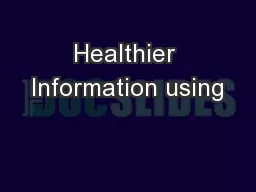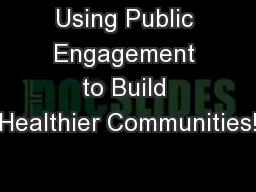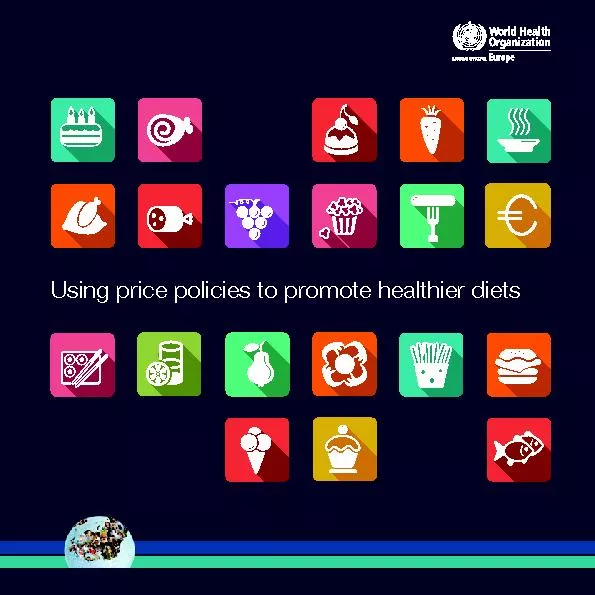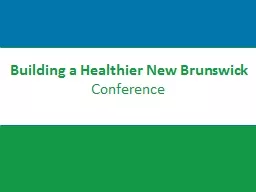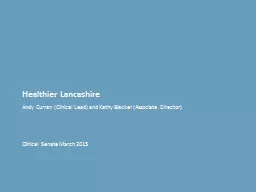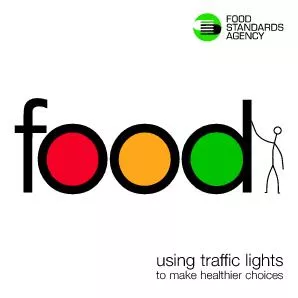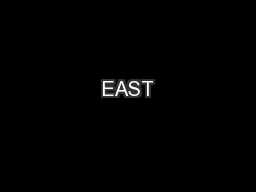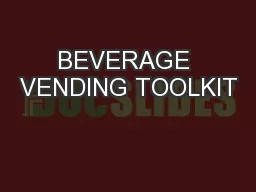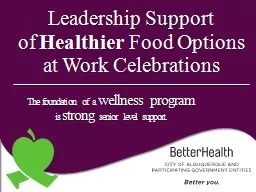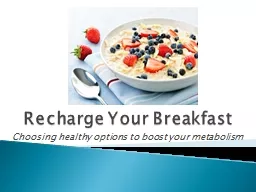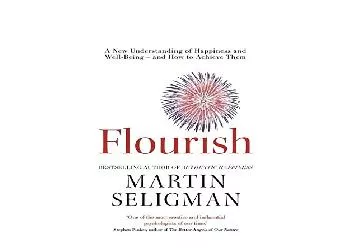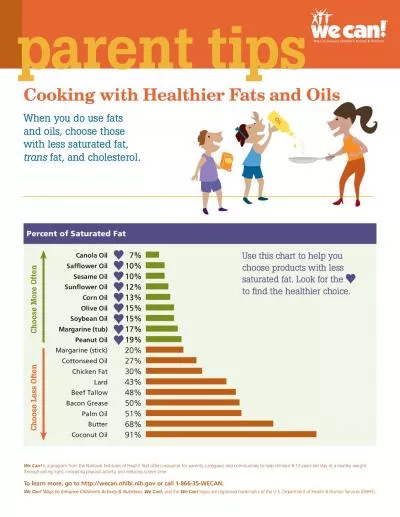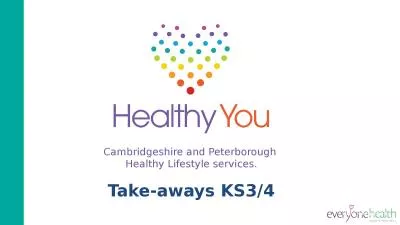PPT-Healthier Information using
Author : myesha-ticknor | Published Date : 2018-03-11
Q uantified S elf methods to address Information Anxiety Tim McCormick HighWire Stanford University mccormicktim tim tjmorg QS Show amp Tell March 28 2012
Presentation Embed Code
Download Presentation
Download Presentation The PPT/PDF document "Healthier Information using" is the property of its rightful owner. Permission is granted to download and print the materials on this website for personal, non-commercial use only, and to display it on your personal computer provided you do not modify the materials and that you retain all copyright notices contained in the materials. By downloading content from our website, you accept the terms of this agreement.
Healthier Information using: Transcript
Download Rules Of Document
"Healthier Information using"The content belongs to its owner. You may download and print it for personal use, without modification, and keep all copyright notices. By downloading, you agree to these terms.
Related Documents

